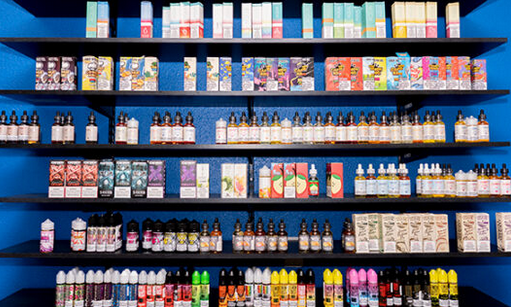
We all know that vape juice comes in hundreds of different flavours. But ever wonder what's really in your vape juice?
We often hear how much safer and more enjoyable vaping is than smoking. But there's still a great deal of hesitation among consumers over health concerns about the chemicals in your vape juice.
So we thought it would be a good to create the following article to explain what's in your vape juice.
So to start, let's take a look at what exactly e-juice is.
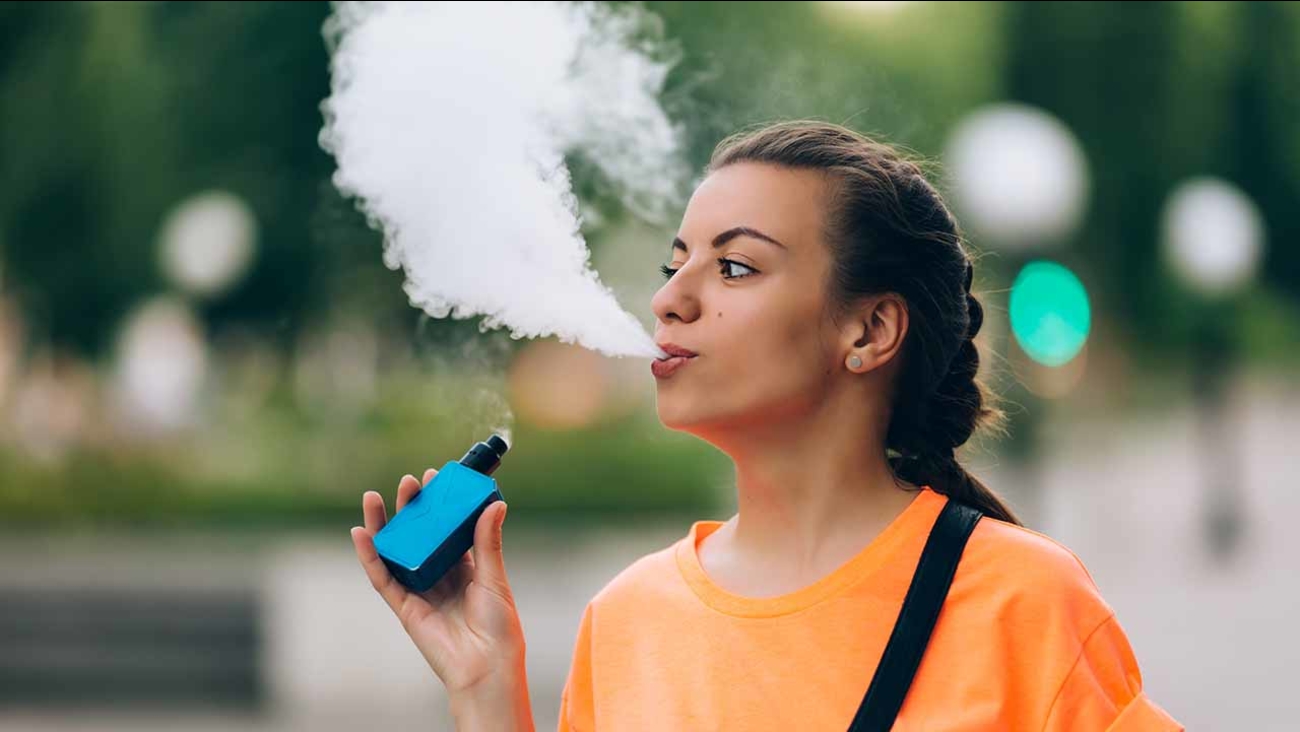
What is E-Juice?
Also known as e-liquid or vape juice, e-juice is the clear or lightly coloured liquid that fills your vape cartridge.
E-juice is available in many different flavours and nicotine strength. This ranges from a sweet, fruity aroma to flavours that closely resemble tobacco smoke's taste and flavour.
Although different e-juice flavours will contain different ingredients, virtually all e-juices contain nicotine, propylene glycol, and flavour compounds.
While many e-juices claim to be nicotine-free, there have been several studies that indicate these may contain trace amounts of nicotine.
Keep in mind that the products available from different manufacturers vary in ingredients and their ratios.
Don't be scared to experiment with different devices, coils and drip tips. Try other juices, and find something that you're going to enjoy using.
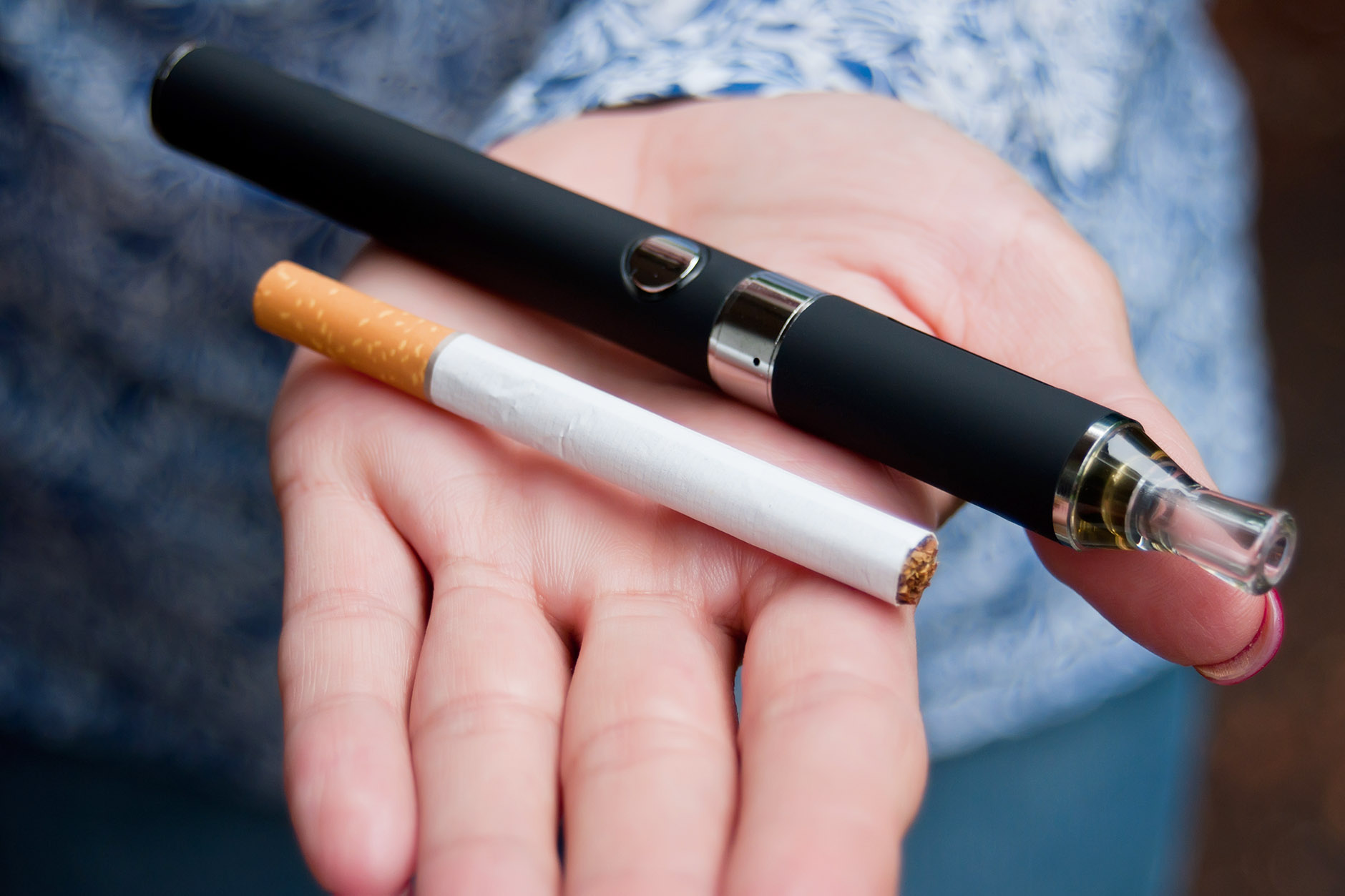
Nicotine
Extracted from the tobacco plant leaves, nicotine is a highly addictive substance found in both e-juice and traditional cigarettes.
You can often find e-juices that claim to be nicotine-free.
However, these often still contain trace amounts of the substance. So be aware of that, especially if you're looking for a way to end your nicotine dependency.
With that said, e-juice can usually be found in varying nicotine strengths. Ranging anywhere from 2mg or 4mg per bottle to as much as 36mg of nicotine.
Many smokers find vaping to be an excellent alternative to cigarettes because of the varying strengths available. Usually, they'll start on a higher nicotine dose and gradually ween themselves away from their nicotine dependence.
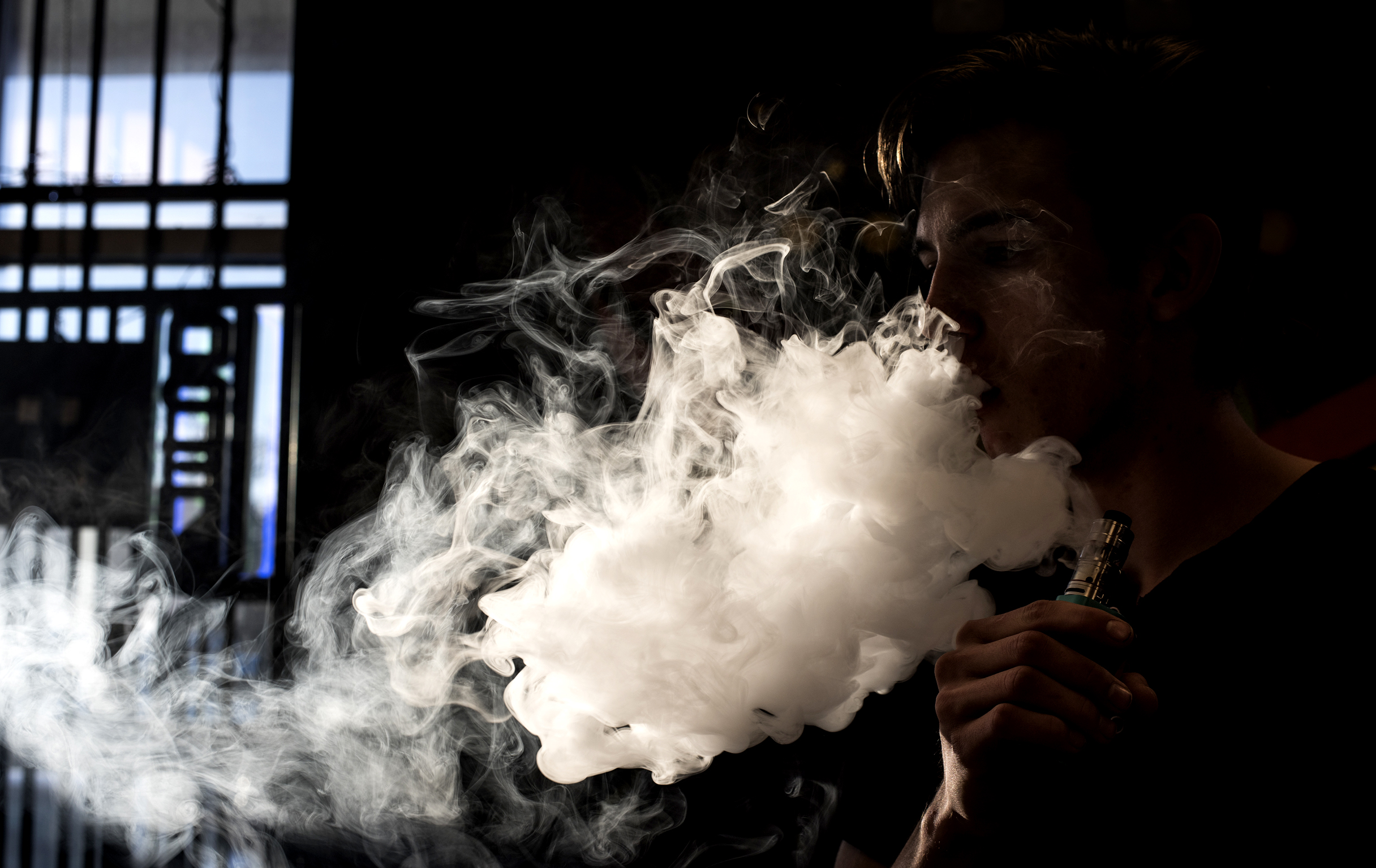
Propylene Glycol
As the primary ingredient in most e-liquids, propylene glycol, or PG, is a nearly odourless alcohol with a very faint sweet flavour. Found in medicine, foods, and other products, PG helps keep them moist.
Although it's generally safe to swallow or inhale PG, some people are sensitive to the substance in higher concentrations.
Therefore, if using an e-juice and you find that it's giving you very harsh or “throaty” hits. Or that it's making you feel unwell, I'd suggest stopping and switching to an e-juice with a higher VG concentration.
Also, keep in mind that a burnt or improperly wicked coil can also cause a dry hit.
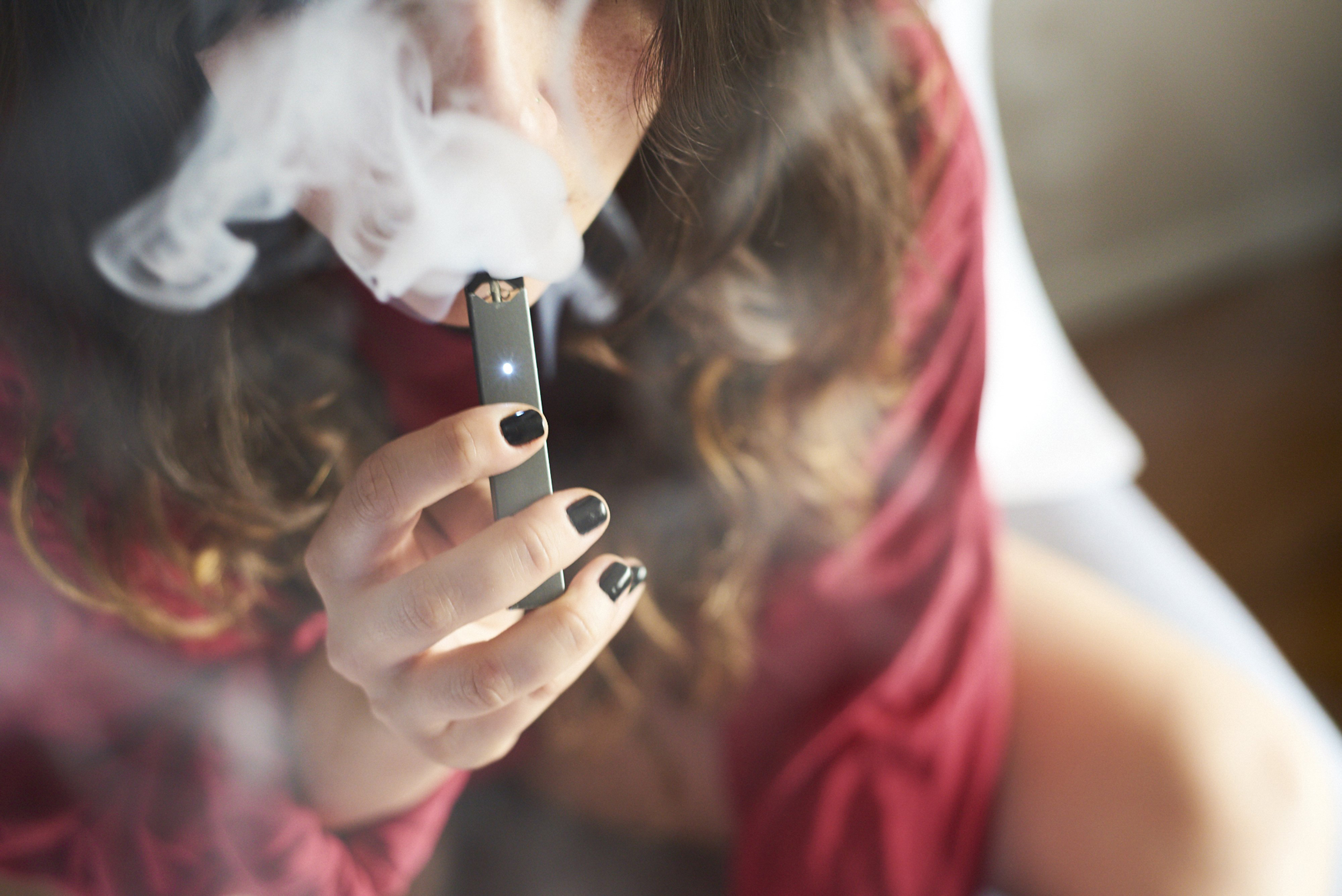
Vegetable Glycerin
E-juice made for the more modern atomizers typically has a higher concentration of vegetable glycerin, also known as VG.
It is a natural substance that can be processed from many different types of fat.
Thanks to it, rather than vaping small wispy clouds, VG is the reason why vapers can blow out massive white plumes of vapour.
Although VG is extracted from oils and fats, it is an alcohol, making it safer than oils for inhalation.
VG is a very thick and viscous liquid, which means that e-juices with higher VG concentrations won't work well with older atomizers since the juice won't wick properly.
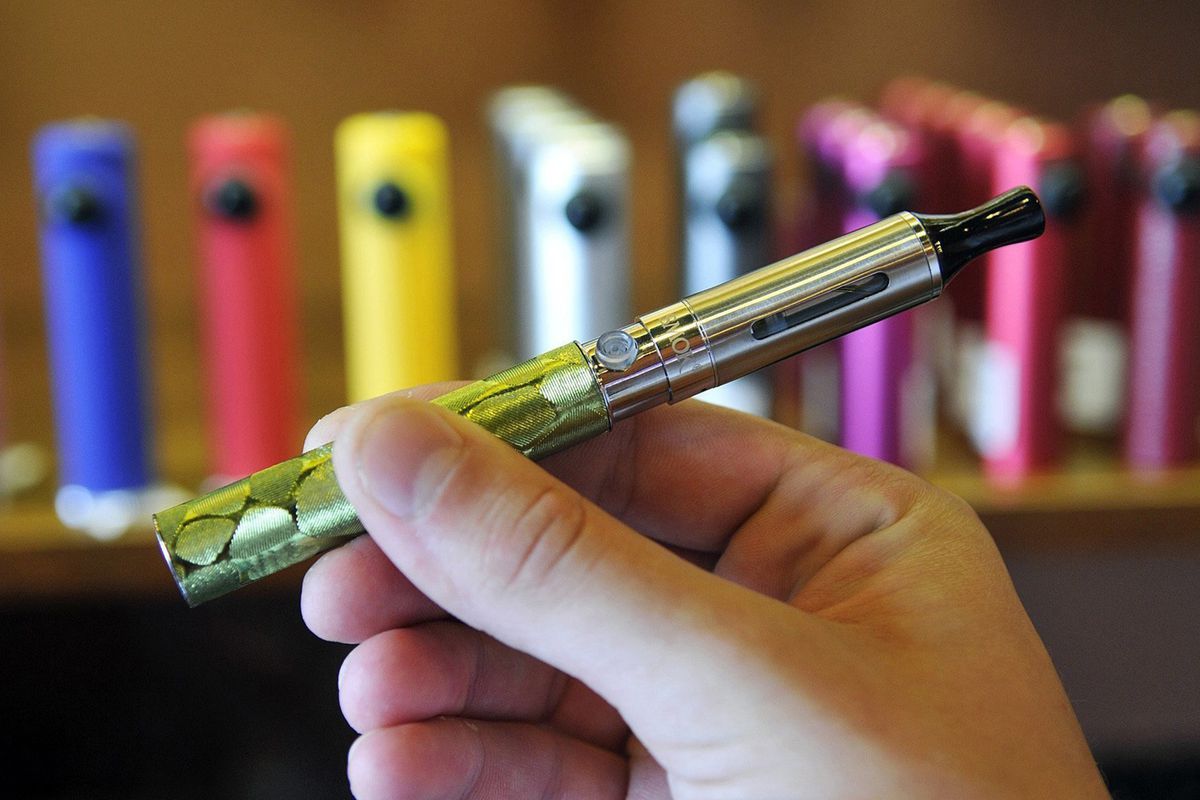
Flavour Additives
As almost any vape enthusiast will tell you, one of the best parts about vaping is choosing from the dozens of mouth-watering flavours, like strawberry, tropical fruit, and much more.
Both PG and VG have a sweet flavour, but it's not enough to give your clouds the delicious flavours we all crave. This is where flavouring comes in.
Typically, manufacturers used food-grade flavour concentrates in their products, giving their juice different flavours and flavour combinations.
In the past, there have been health concerns over some of the flavouring compounds used in e-juice. However, most manufacturers today are aware of this and only select high-quality flavour ingredients safe for inhalation.

Other Ingredients
Well, there you have it, folks!
Nicotine, propylene glycol, vegetable glycerin, and flavouring are the four main ingredients used in vape juice.
It's also important to understand that the Food and Drug Administration (FDA) has not performed any in-depth studies on the ingredients used in e-juices.
And in some external studies, researchers have found a link to several toxic chemicals and metals that may be produced by your vape juice when it is heated up and inhaled. Additionally, there's also some indication that flavouring ingredients may react with the solvents in your e-juice.
This includes several carcinogens and many ultra-fine particles, which make their way deep into lung tissue when inhaled.
Vaping is safer than smoking tobacco, but that doesn't mean it's completely safe and risk-free.
So if you feel ill or sick after vaping, there's a slight chance that one or more of the ingredients in your vape juice is causing it.

Vape Juice Ingredients
Again, nicotine, VG and PG are the three main ingredients in your vape juice.
However, every e-juice has its unique combination of these ingredients. As well as some variety of flavouring compounds, which are generally kept secret by the manufacturer.
In the end, one man's favourite e-juice won't likely be your favourite e-juice.
So whether you're starting with vaping, or you've been at it for years, don't be scared to try different e-liquids with VG/PG ratios. Try buying from different producers, until you find something you like.






